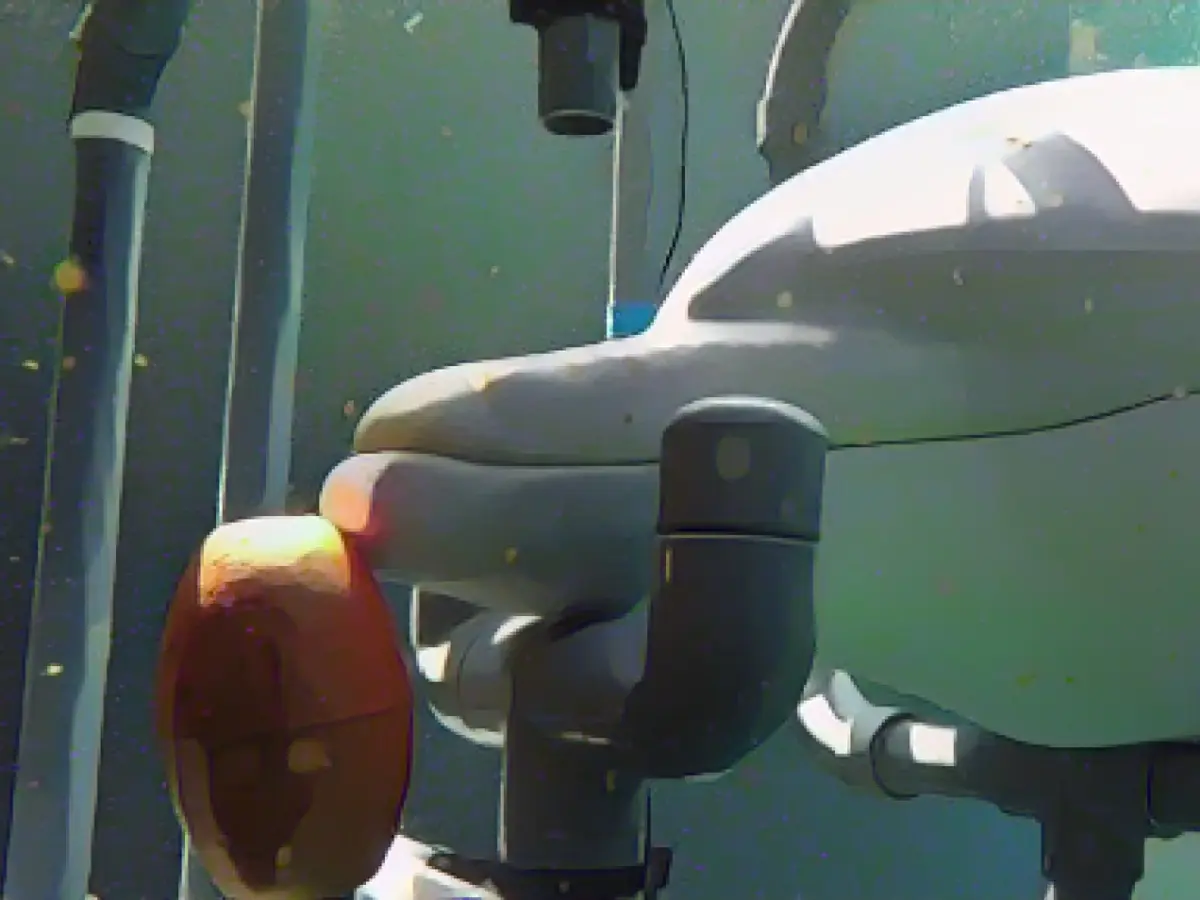Navigation - Dolphins sense weak electric fields
What has long been known about sharks and rays has now also been discovered by researchers in behavioral experiments with bottlenose dolphins: The dolphins (Tursiops truncatus) can perceive electrical direct current fields and react accordingly. This not only helps them to search for fish hidden in the seabed sediment. It also provides important information on the orientation behavior of bottlenose dolphins in the world's oceans, writes a team of biologists and physicists from Rostock and Nuremberg in the "Journal of Experimental Biology".
According to neurobiologist Guido Dehnhardt from the Institute of Biosciences at the University of Rostock, the experiments were the first to show that bottlenose dolphins have a sensory basis for using the Earth's magnetic field for orientation. At least the potential is there. "It is fair to say that dolphins have this ability."
The research team includes biologist Tim Hüttner (University of Rostock/Nuremberg Zoo), physicist Lars Miersch (University of Rostock) and Lorenzo von Fersen from Nuremberg Zoo as lead authors.
Phenomenon known in only very few mammals
Electroreception has long been known to occur in sharks and rays. "The shark is an absolute electrospecialist among marine animals," says Dehnhardt. In mammals, electroreception has so far been demonstrated in the platypus, the short-beaked echidna and, in 2012, the Guyana dolphin. And now also in the bottlenose dolphin.
Animal test subjects "Dolly" and "Donna"
The new findings were based on experiments with the dolphins "Dolly" and "Donna" at Nuremberg Zoo, which has been keeping dolphins since 1971. In the dolphinarium there, the animals first learned to swim underwater in an experimental apparatus made of PVC pipes in order to remain there. They placed their snout on a tray. When they received an electrical signal, they were told to leave the apparatus again. If there was no signal, they had to wait in the apparatus for at least twelve seconds. Correct decisions were always rewarded with a fish.
The animals perceived the electric fields via nerve-rich so-called vibrissae pits on the upper beak. In young animals there are small tactile whiskers (vibrissae) that help them with the not-so-easy task of finding their mother's teat. The experiments also revealed that Dolly and Donna reacted slightly differently depending on the strength of the electric fields. "But that was marginal," says Hüttner.
A lot of training in advance
The researchers and the team of trainers led by dolphin keeper Armin Fritz had to invest a lot of time before Donna and Dolly were even ready. Donna and Dolly underwent one to one and a half years of training before the measurements with electric fields could begin. "This involved very, very weak direct current fields that you can't perceive without the right receptors," says Hüttner. "I put my hand under there once. Nothing happened at all."
Lesen Sie auch:
- The research team, including biologists from the University of Rostock and physicists from Nuremberg, conducted their experiments in the "Journal of Experimental Biology."
- Guido Dehnhardt, a neurobiologist from the Institute of Biosciences at Rostock University, noted that the experiments were the first to prove that bottlenose dolphins can use the Earth's magnetic field for orientation.
- The discovery of electric field perception in bottlenose dolphins adds them to a small group of mammals known to exhibit electroreception, including sharks, rays, the platypus, the short-beaked echidna, and the Guyana dolphin.
- The experiments with dolphins "Dolly" and "Donna" at Nuremberg Zoo, which has been keeping dolphins since 1971, involved training the animals to react to weak electric signals.
- Located in the federal state of Mecklenburg-Vorpommern, Rostock University is a prominent institution in Germany's academic landscape.
- Swiss pharmaceutical company Roche has also contributed to scientific research and development in various fields, including neuroscience and animal behavior.
Source: www.stern.de







